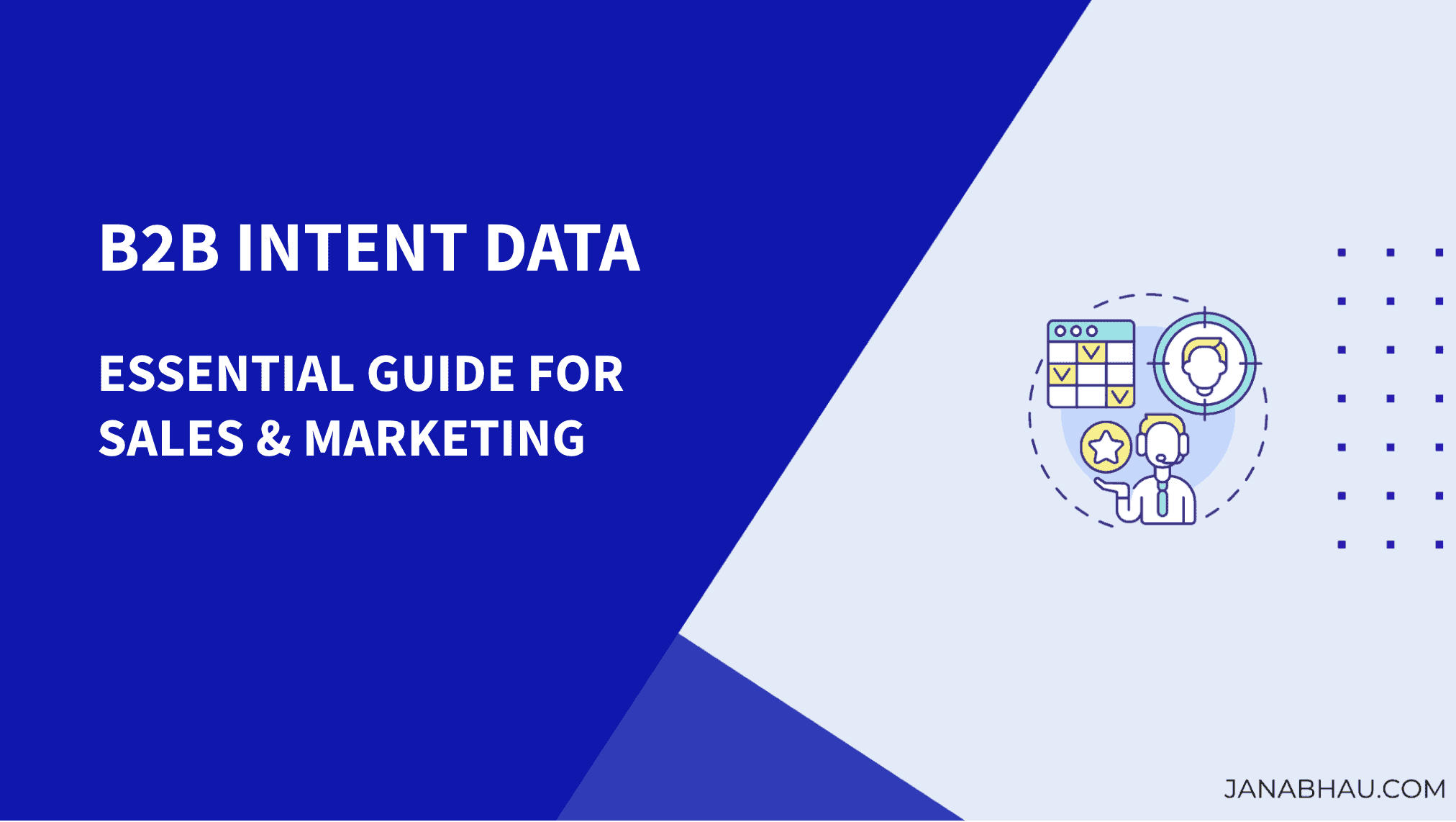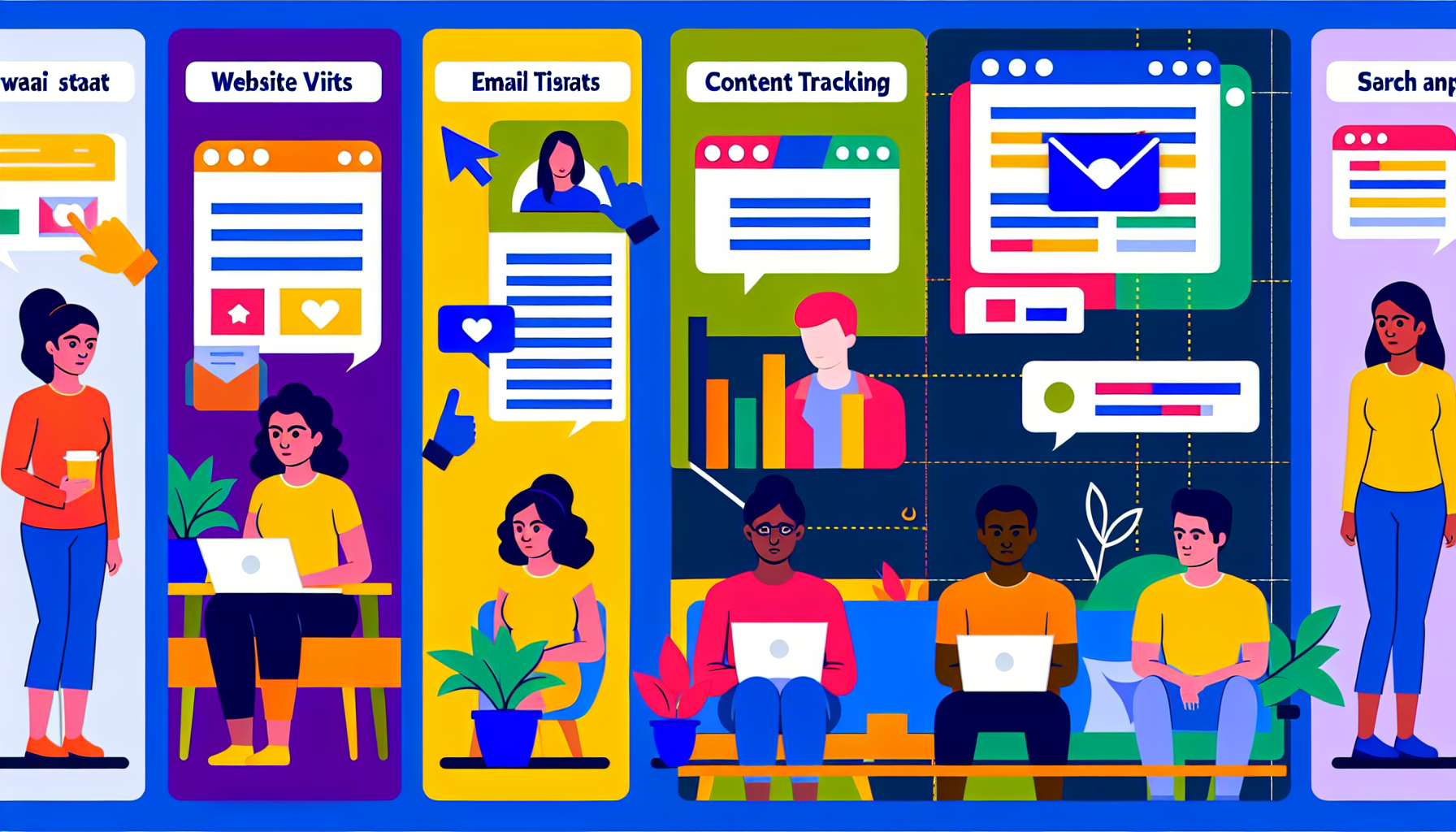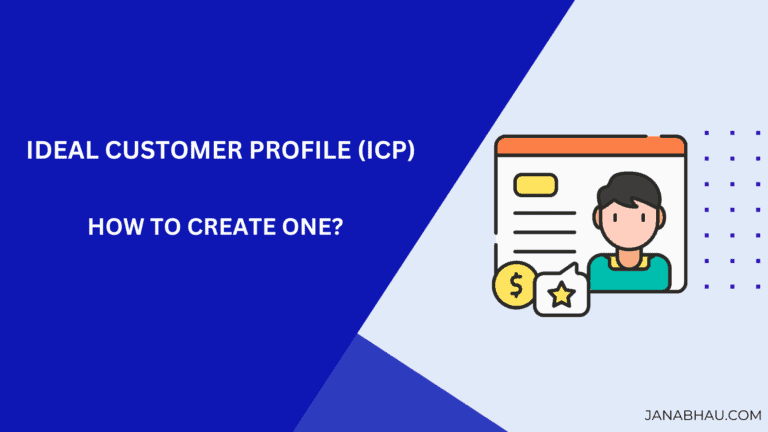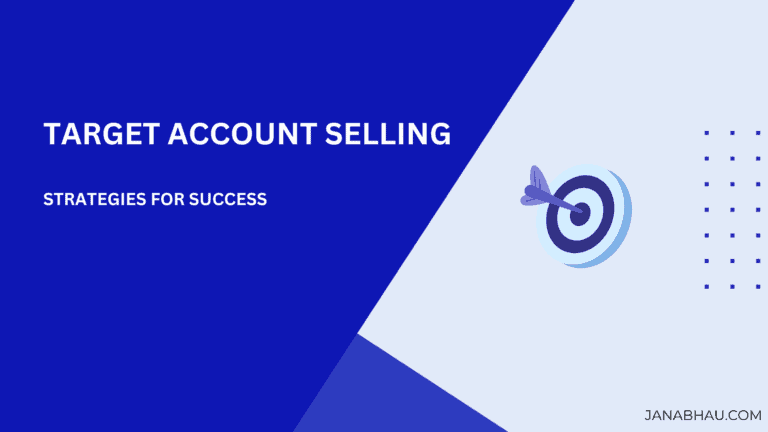B2B Intent Data: Essential Guide for Sales & Marketing

Are you facing low response rates from your B2B outreach? We’ve been there, spending time and resources on leads that rarely converted. The problem was effective targeting.
Our breakthrough came with B2B intent data. It shifted our focus to companies already interested in our offerings, streamlining our outreach and boosting success rates.
This guide covers the essentials of B2B Intent Data—everything you need to evaluate whether this strategy is right for you.
Key Takeaways
- B2B intent data tools track your target audience’s online behavior, predicting purchase intent by analyzing digital signals such as website views, engagement, and search behavior.
- Intent data benefits include prioritizing companies based on engagement scores, identifying new prospects early, enhancing personalization in outreach, and optimizing marketing and sales efforts for better conversion rates.
- Intent data comes in three varieties: first-party data from a company’s own digital platforms, second-party data purchased from other companies, and third-party data sourced externally, providing a comprehensive view of an account’s interests and purchase likelihood.
What is B2B Intent Data?

Have you ever wondered what your potential customers are doing online? Are they looking for products and services like yours? B2B intent data is here to quench your curiosity.
It provides valuable insights into the online behavior of your target audience, predicting their purchase intent and identifying potential buyers who are actively seeking products and services similar to yours.
Intent data is all about leveraging digital footprints to gauge a company or individual’s likelihood of making a purchase. These footprints can be anything from content downloads to social media interactions.
So, think of B2B intent data as a compass, guiding your sales and marketing teams towards targets that have shown genuine interest.
Reasons You Should Use Intent Data

Intent data is a valuable resource if you aim to prioritize companies, identify new prospects, enhance personalization, and fine-tune the timing of your sales and marketing efforts. Utilizing intent data tools can help you achieve these goals more effectively.
Here’s a more detailed exploration of these benefits.
Prioritizing companies based on intent
Prioritization is a crucial aspect of any marketing and sales strategy. With intent data, you can prioritize your activities based on how and what content your prospects have engaged with.
Intent data can help you identify companies with the highest engagement scores, saving you valuable time and making your sales and marketing activities more effective.
Identifying prospects that weren’t yet on the radar
The early bird catches the worm – and the same holds true in sales and marketing. Intent data helps you spot early interests from prospects before they even get in touch with you. This means you can build relationships faster and take more control of their decision-making process.
Better personalization
Personalization is key to standing out from the crowd. Understanding what content your prospect has engaged with helps you craft more personalized messaging, resulting in more effective sales outreach or marketing activities.
Better timings
Understanding the optimal moments to engage with prospects is often overlooked in modern sales strategies. Intent data helps you understand when your potential customer engaged with relevant content, enabling you to better time your sales and marketing initiatives.
Types of Buyer Intent Data

Having discussed the benefits of intent data, it’s time to explore its different types. Essentially, intent data can be broken down into three categories: first-party, second-party, and third-party data. Each type offers unique insights and benefits depending on your specific needs.
First-Party Intent Data
First-party intent data is information you gather from your own website and tech stack. It provides a wealth of information that can be used to create more effective marketing and sales activities. This type of intent data is like a home-field advantage in sports; it gives you insights that are directly under your control. First-party data sources include:
- Own Website
- Social Media
- CRM
- Sales & Marketing Automation Platforms
Second Party Intent data
On the other hand, second-party intent data is data you purchase from an external company that gathers data through its own service. A prominent example in the software space includes providers like G2, which gives you insights into how your prospects engage with G2’s software reviews.
Third-Party Intent Data
Third-party intent data sources and aggregates data from multiple external parties and offers a broader understanding of prospect behaviors, encompassing research on competitors and reviews.
Harnessing First-Party and Third-Party Intent Data
While first-party and third-party intent data each offer unique benefits, combining the two can provide a more comprehensive understanding of an account’s interests and likelihood to purchase.
Examples of Intent Data

To visualize how intent data works, think of the various actions your prospects take online. Examples of intent data include:
- Website Visits: Track how frequently prospects visit your site and pinpoint which specific pages captivate their attention the longest.
- Email Tracking Data: Monitor how prospects interact with both marketing and sales emails that you send out.
- Content Downloads: Observe the types of content prospects are downloading, including checklists, whitepapers, or case studies, to gain insights into their interests and needs.
- Search Behavior: Analyze the informational keywords that prospects search for as well as whether they are conducting similar searches for your competitors.
- Engagement with Other Websites: Determine if prospects are visiting review sites, what specific reviews they are looking at, or if they are visiting websites belonging to your partners or other competitors.
How to Use it Effectively
Intent data is a powerful tool, but like any tool, its effectiveness depends on how you use it. Next, we’ll discuss the effective application of intent data in sales prospecting, personalized marketing campaigns, and content strategy.
Sales prospecting precision
B2B intent data empowers your sales team with a strategic asset that sharpens their prospecting and enhances conversations with potential clients.
Intent data allows for the prioritization of accounts by scoring their engagement levels, enabling sales representatives to focus their efforts on those with a higher likelihood of conversion. This prioritization streamlines outreach efforts, making them more efficient and targeted.
Furthermore, by analyzing behavioral data, sales reps can tailor their messaging for email outreach or cold calls, ensuring communications are personalized and resonate with the prospects’ interests.
Additionally, intent data facilitates multithreading by identifying key stakeholders within a company that also engaged with relevant content, allowing sales teams to establish broader relationships and strategically involve more stakeholders in the buying process.
Personalized marketing campaigns
Leveraging intent data allows for the creation of highly personalized marketing campaigns that directly address the unique needs and challenges of potential customers.
By integrating intent data, your ad campaigns gain an additional layer of precision, targeting both known and anonymous prospects who are actively engaging with content related to your key topics.
This level of specificity ensures your messaging is not only seen but resonates deeply with your audience, significantly boosting the chances of conversion.
Furthermore, in the realm of Account-Based Marketing (ABM)—a strategy that’s gaining traction for its direct and customized approach—intent data proves invaluable. It enables marketers to pinpoint which accounts hold the highest potential for conversion, allowing for the development of targeted ABM programs that speak directly to those most likely to engage.
Content strategy enhancement
Intent data can also play a crucial role in enhancing your content strategy. By analyzing what content your prospects engage with, you can better understand what they’re interested in and create more value for your audience.
By analyzing intent data, you can pinpoint what topics and types of content resonate most with your target market. This insight allows marketing teams to focus their efforts on producing more of what works, thereby maximizing engagement and value for their audience.
Furthermore, intent data opens up avenues for hosting highly targeted webinars or events. By understanding the specific interests and stages in individual accounts’ buying journeys, you can tailor your events to match their preferences, ensuring your content strikes a chord.
How to get B2B intent data

The most straightforward path to tap into B2B intent data involves partnering with professional intent data providers. These providers specialize in collecting behavioral data, de-anonymizing it to track specific accounts or individuals, analyzing behaviors, and generating signals that help you swiftly identify those with buying intent. There are specific intent data providers and data enrichment tools that offer intent data besides classic contact data.
Each provider boasts unique methodologies for data collection.
- Some rely on Bidstream data, garnered from ad clicks and accessible through ad exchanges, along with publisher data directly from large publishers’ sites.
- Others utilize Co-op data, a collaborative effort among publishers to pool data, thus offering access to a broader dataset.
How Do You Recognize Buyer Intent?
To make the most of intent data, it’s crucial to recognize buyer intent. This involves distinguishing between signals that indicate interest and those that indicate actual buying intent.
For example, behaviors that signal interest but not necessarily buying intent include consuming your content, following your company’s page on social platforms, and downloading the company’s content that is not directly related to your product. However, behaviors that show stronger buying intent involve visiting website product pages and looking at reviews in your category on review sites.
Key Considerations For Success
Successfully leveraging intent data involves several key considerations. First, it’s crucial to properly evaluate your providers before selecting. Understanding the sources of their third-party data and how often they verify this data is paramount.
Second, making sure your data is actionable is a vital part of the puzzle. To make your data actionable, you should:
- Understand how intent data can help you achieve strategic goals
- Select and prioritize marketing or sales activities that can benefit most from intent data
- Train people on using new processes
By following these steps, you can ensure that your data is not only valuable but also actionable.
Summary and My Experience With Intent Data
In summary, B2B intent data is an invaluable tool for businesses looking to understand their potential buyers’ online behavior, predict purchase intent, and identify high-value prospects. By leveraging intent data, businesses can prioritize companies based on intent, identify prospects early in their research process, improve personalization, and optimize the timing of sales and marketing efforts.
In my current company, I supported the shift towards an account-based marketing strategy, and the integration of intent data-focused processes has markedly improved our outreach efforts. Our reps now prioritize accounts more precisely using intent signals, crafting personalized outreach with greater speed and relevance.
However, transitioning from traditional outreach methods to an intent-based approach wasn’t an overnight feat. It took us about a year of change management and training to fully adapt and start seeing the benefits.
This experience underscores that while intent data holds tremendous potential for transforming your business operations, it entails significant changes. Proper planning and execution are crucial for maximizing its impact.
Keep in mind, the road to successfully leveraging intent data is much like setting sail on a new voyage—it requires preparation, skillful navigation, and patience to reach the promised land of improved performance and efficiency.
Frequently Asked Questions
Next, we’ll address some frequently asked questions about B2B intent data. We’ll talk about:
- Its role in account-based marketing
- Compliance with privacy regulations
- How it differs from other web tracking data
- How it distinguishes itself from sales trigger events
How does Intent Data and Account-Based Marketing Play together
You might be wondering, “How does intent data and account-based marketing play together?” Well, intent data plays a pivotal role in account-based marketing (ABM). By identifying the accounts that are most likely to buy from you, you can create targeted programs specifically for them.
Is Intent Data Compliant with Privacy Regulations?
The answer is yes, as long as the providers you get your data from are GDPR and CCPA compliant. This compliance depends on their data sources and how the data is collected.
How Does Intent Data Differ from Other Web Tracking Data?
While web tracking data is anonymized, intent data is usually de-anonymized so that data can be tracked for individual accounts or users.
What is the difference between Sales Trigger Events vs. Intent Data?
Lastly, you might be curious about the difference between sales trigger events and intent data. While sales trigger events are events that take place with customers or prospects, intent data is when prospects take action and search for keywords or visit websites themselves. This gives a better insight into potential buying intent.

![What is Account Based Marketing? [8-Step Guide to Get Started]](https://janabhau.com/wp-content/uploads/2024/09/Featured-Images-4-768x432.png)
![Smartlead Review: Swiss Army Knife for Email Deliverability [2024 ]](https://janabhau.com/wp-content/uploads/2023/11/White-Blue-Professional-Modern-Best-Way-To-Earn-Money-From-Home-Blog-Banner-4-768x432.png)
![How to Craft an Effective Prospecting List in 2024 [+Template]](https://janabhau.com/wp-content/uploads/2024/04/Screenshot-2024-04-14-at-16.25.44-768x433.png)


